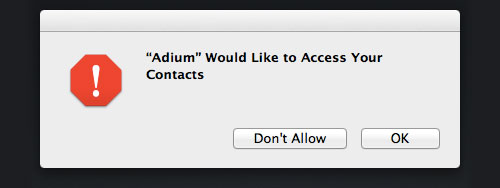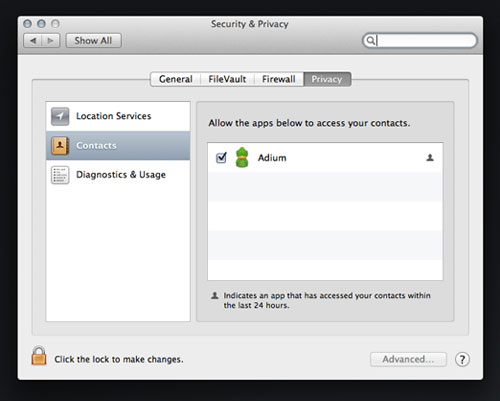In 1997, when asked what he would do with Apple, Michael Dell famously exclaimed: “What would I do? I’d shut it down and give the money back to the shareholders.” Just fifteen years later, I am pleased to report that Apple is finally giving the money back to the shareholders.
Apple’s market cap on the day of Dell’s request was $2.733 billion. This morning, Apple announced a quarterly dividend of $2.65 per share. Given 932 million shares, the total quarterly payment by Apple to investors will be $2.47 billion. About four months after the dividend takes effect, Apple will have given all of the money back to the shareholders.
Michael Dell should be satisfied.
Thanks to Evan Solomon for making this discovery.


